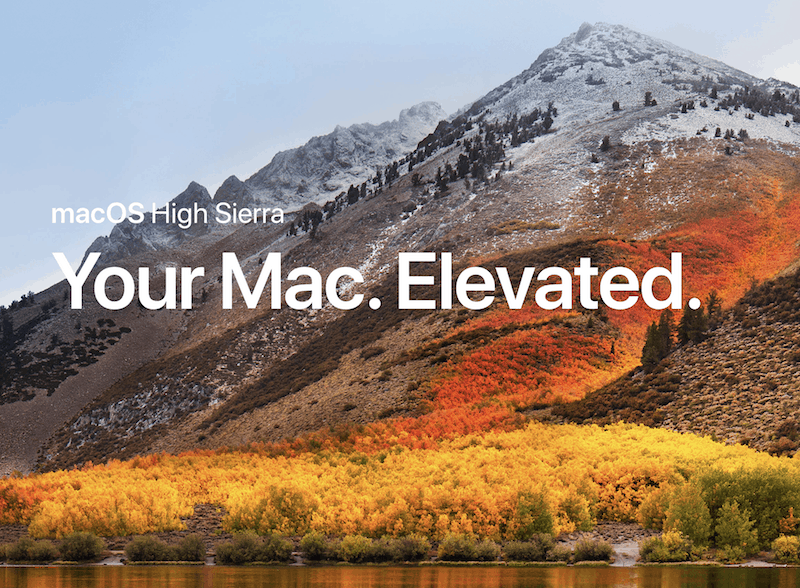

- #CHECK FOR MEMORY UPGRADE MAC OS HIGH SIERRA MAC OS X#
- #CHECK FOR MEMORY UPGRADE MAC OS HIGH SIERRA INSTALL#
- #CHECK FOR MEMORY UPGRADE MAC OS HIGH SIERRA UPDATE#
Your attempts to fix the Mac not booting issue may write new data on this Mac, which will overwrite the old data and make it irrecoverable.

If you are faced with this situation, the most important thing should be recovering data from the unbootable Mac because: When Mac fails, it usually can't boot or start up properly. Some users complain that their Mac computers won't boot after installing new macOS Big Sur/Catalina.
#CHECK FOR MEMORY UPGRADE MAC OS HIGH SIERRA UPDATE#
While for most it's a usual pleasurable experience, for some this update had downsides. MacOS has now been updated to 11.0, and many Mac users are trying to upgrade to the newest version.
#CHECK FOR MEMORY UPGRADE MAC OS HIGH SIERRA INSTALL#
Full stepsĭownload macOS Catalina, Mojave, or Sierra > Create bootable USB > Clean install macOS. Turn of Mac > Hold Command + R keys and power Mac back up > Enter recovery mode. Start Mac > Hold "Shift" until the login window appears > Release the key when login in window appears. Shut down Mac > Unplug all cables > Plug in cables back after a few minutes. Do note that the Apple Hardware Test images are machine specific meaning that you cannot use the iBook version on a Mac Mini.Restart Mac > Hold Command+Option+P+R keys to turn on Mac. There are some Apple Hardware Test images that can be downloaded for older models. You can also see the amount of memory installed on your Mac at the Hardware Profile tab to confirm that the memory is correctly installed and detected. Simply boot up, press and hold the D key to start the Apple Hardware Test.
#CHECK FOR MEMORY UPGRADE MAC OS HIGH SIERRA MAC OS X#
On the latest Mac OS X Mountain Lion, the Apple Hardware Test is already pre-installed and it doesn’t come with an installation disc. You can also tick the “Perform extended testing” option which would perform a more thorough test that takes considerably more time to complete. Select the language for the Apple Hardware Test and click the Test button to start testing. If you have an installation disc, insert the disc, restart your Mac, press and hold the C key. This is the recommended way by Apple to test your memory using their diagnostic tool. The good thing about Memtest86+ is it runs by itself without relying on the operating system, giving you a more accurate memory test result. Just press and hold the C key when starting up Mac to boot from the disc. If your Mac has a SuperDrive, you can burn the pre-compiled bootable ISO image of the Memtest86+ and boot up the Mac with the disc. Rember runs in Mac OS X which means that not all of the ram can be tested due to a portion of RAM being reserved for housekeeping. When the tests is finished, Rember will show the test results. Select the amount of memory to test, number of loops and click the Test button to start checking the memory. Running Rember will show a table displaying the detected memory on your Mac. Rember includes Memtest OS X in the package so there is no need to manually download and install the memtest. You are able to test a selected amount or all of the memory, specify the number of times the tests should run and also viewing of the log. Instead of typing commands in terminal, you can run the test by clicking a button. Rember is actually a GUI for the popular command line memory testing tool called Memtest OS X.


 0 kommentar(er)
0 kommentar(er)
